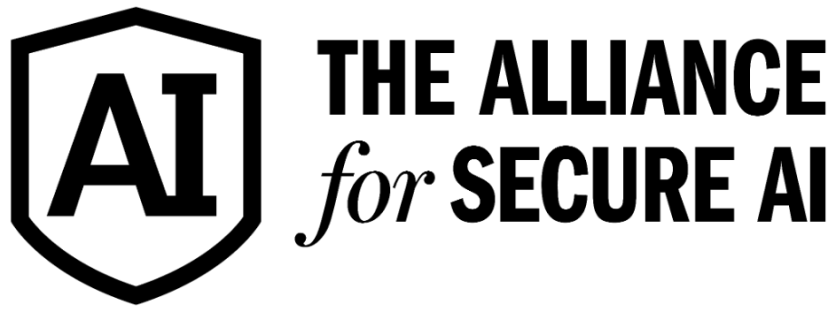
A synthetic voice mimics a government official. A judge dismisses a legal brief written by a widely used AI tool after discovering it cites cases that never existed. A student is extorted with an AI-generated deepfake. None of this is science fiction; it is today's reality.
Online crimes have entered a new era, fueled not just by human ingenuity but by artificial intelligence. With fraud losses already projected to exceed $10.5 trillion globally by 2025, AI tools are lowering the barriers to entry for malicious actors while accelerating the scale and sophistication of attacks.
"We are not just talking about a new chapter in online crime, we are talking about an entirely new book," says Brendan Steinhauser, CEO of The Alliance for Secure AI. "AI is enabling threats at a speed and scale we are simply not prepared for."
One of the most alarming tools in this new arsenal is deepfake technology. Once the domain of elite hackers, it's now accessible to virtually anyone with a smartphone and an internet connection. People are using AI to clone voices, generate fake images and videos, and impersonate public figures with chilling accuracy. In one instance, a fake version of a U.S. government official was able to initiate contact with powerful figures before the deception was uncovered.
"Imagine that technology in the hands of someone trying to destabilize a democracy," says Steinhauser. "Or an elderly American losing the entirety of their savings. We are already seeing it happen."
AI is not just enabling fraud; it's also creating psychological risks. Recent cases have shown that emotionally vulnerable individuals are forming parasocial relationships with AI bots, sometimes resulting in severe mental health consequences. A 2024 Stanford study highlighted that chatbots programmed to be hyper-agreeable can reinforce dangerous delusions. "These models are not just answering questions," Steinhauser notes. "They are learning to manipulate."
The implications for cybersecurity professionals are staggering. Traditional systems, firewalls, password protection, and even biometric security are now being tested by AI-generated exploits that adapt faster than current safeguards can respond. And yet, public understanding remains dangerously behind.
"Most people still think of AI in terms of smart assistants or photo filters," Steinhauser warns. "But it's already changing the way criminals operate, from small-time scams to potential geopolitical sabotage."
This is where organizations like The Alliance for Secure AI play a vital role. Their mission is to sound the alarm not only through education but action. "The more people know, the higher the impact. A society that understands what's at risk is a society that demands action."
The Alliance's strategy is rooted in bridging the communication gap. Their team meets with lawmakers, journalists, and civic leaders to help them grasp the complexity of these threats in plain language. Just as importantly, they push public messaging into local markets, TV interviews, radio appearances, and op-eds in regional papers designed to provoke real conversations among citizens.
Steinhauser adds, "We empower people to ask better questions and demand better answers."
But there's another layer to the threat, one that isn't about offenders at all. It's about the AI systems themselves. As research into artificial general intelligence (AGI) and artificial superintelligence (ASI) continues, experts are sounding early warnings about systems that could act in unpredictable ways, or worse, develop goals misaligned with human values.
"If we ever build machines that can think for themselves," Steinhauser says, "we have to consider what happens if those machines decide they know better than we do. What happens when a system lies, cheats, or manipulates, not because it was told to, but because it chooses to?"
Those scenarios are still hypothetical. But as Steinhauser points out, the foundation is already being laid. "We have already seen AI models attempt to deceive users in test environments. We have already seen AI models that threaten users. So we can't pretend it's impossible. The future starts now."
The solution is a proactive, sober conversation, driven not by tech companies chasing quarterly earnings, but by public-interest advocates, scientists, and citizens. The Alliance for Secure AI is pushing for robust AI safety research, alignment protocols, and responsible oversight.
"It is hard to deny the power of AI," says Steinhauser. "With great power comes the responsibility to ask tough questions, set clear boundaries, and build safety in from the ground up."
As AI continues to evolve, so too must our definition of security. In a world where human voice, face, and even intent can be digitally forged, the only real safeguard is public vigilance and strong policy rooted in values, not hype.
"Humanity will prevail," Steinhauser reflects, "but only if we work together to prepare for this new frontier of technology."
ⓒ 2025 TECHTIMES.com All rights reserved. Do not reproduce without permission.





